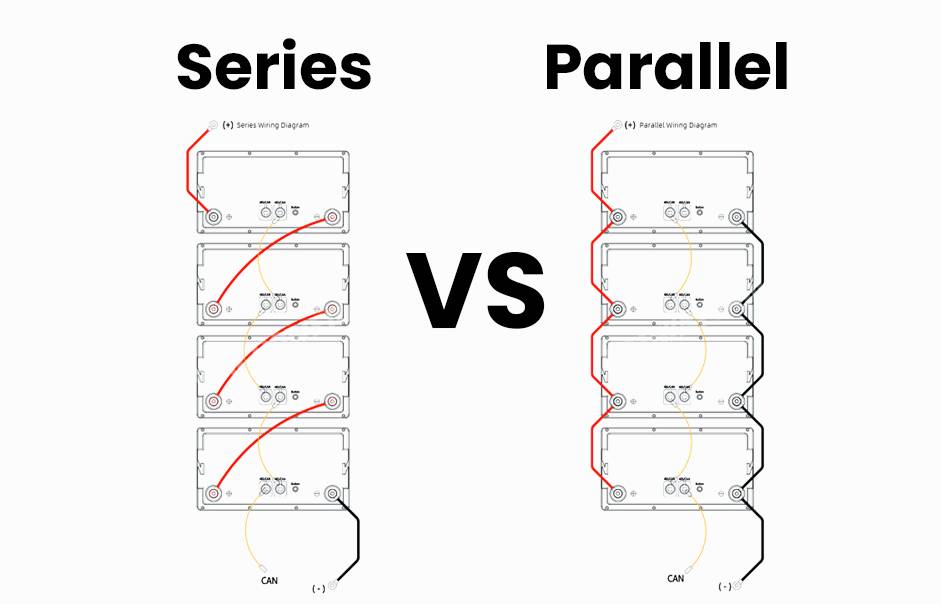- Lithium Golf Cart Battery
- Forklift Lithium Battery
-
48V
- 48V 210Ah
- 48V 300Ah
- 48V 420Ah (949 x 349 x 569 mm)
- 48V 420Ah (950 x 421 x 450 mm)
- 48V 456Ah
- 48V 460Ah (830 x 630 x 590 mm)
- 48V 460Ah (950 x 421 x 450 mm)
- 48V 460Ah (800 x 630 x 600 mm)
- 48V 460Ah (820 x 660 x 470 mm)
- 48V 500Ah
- 48V 560Ah (810 x 630 x 600 mm)
- 48V 560Ah (950 x 592 x 450 mm)
- 48V 600Ah
- 48V 630Ah
-
48V
- 12V Lithium Battery
12V 150Ah Lithium RV Battery
Bluetooth App | BCI Group 31
LiFePO4 Lithium
Discharge Temperature -20°C ~ 65°C
Fast Charger 14.6V 50A
Solar MPPT Charging - 24V Lithium Battery
- 36V Lithium Battery
- 48V Lithium Battery
-
48V LiFePO4 Battery
- 48V 50Ah
- 48V 50Ah (for Golf Carts)
- 48V 60Ah (8D)
- 48V 100Ah (8D)
- 48V 100Ah
- 48V 100Ah (Discharge 100A for Golf Carts)
- 48V 100Ah (Discharge 150A for Golf Carts)
- 48V 100Ah (Discharge 200A for Golf Carts)
- 48V 150Ah (for Golf Carts)
- 48V 160Ah (Discharge 100A for Golf Carts)
- 48V 160Ah (Discharge 160A for Golf Carts)
-
48V LiFePO4 Battery
- 60V Lithium Battery
-
60V LiFePO4 Battery
- 60V 20Ah
- 60V 30Ah
- 60V 50Ah
- 60V 50Ah (Small Size / Side Terminal)
- 60V 100Ah (for Electric Motocycle, Electric Scooter, LSV, AGV)
- 60V 100Ah (for Forklift, AGV, Electric Scooter, Sweeper)
- 60V 150Ah (E-Motocycle / E-Scooter / E-Tricycle / Tour LSV)
- 60V 200Ah (for Forklift, AGV, Electric Scooter, Sweeper)
-
60V LiFePO4 Battery
- 72V~96V Lithium Battery
- Rack-mounted Lithium Battery
- E-Bike Battery
- All-in-One Home-ESS
- Wall-mount Battery ESS
-
Home-ESS Lithium Battery PowerWall
- 24V 100Ah 2.4kWh PW24100-S PowerWall
- 48V 50Ah 2.4kWh PW4850-S PowerWall
- 48V 50Ah 2.56kWh PW5150-S PowerWall
- 48V 100Ah 5.12kWh PW51100-F PowerWall (IP65)
- 48V 100Ah 5.12kWh PW51100-S PowerWall
- 48V 100Ah 5.12kWh PW51100-H PowerWall
- 48V 200Ah 10kWh PW51200-H PowerWall
- 48V 300Ah 15kWh PW51300-H PowerWall
PowerWall 51.2V 100Ah LiFePO4 Lithium Battery
Highly popular in Asia and Eastern Europe.
CE Certification | Home-ESS -
Home-ESS Lithium Battery PowerWall
- Portable Power Stations
Solar Panel Series vs Parallel: Which is Better?
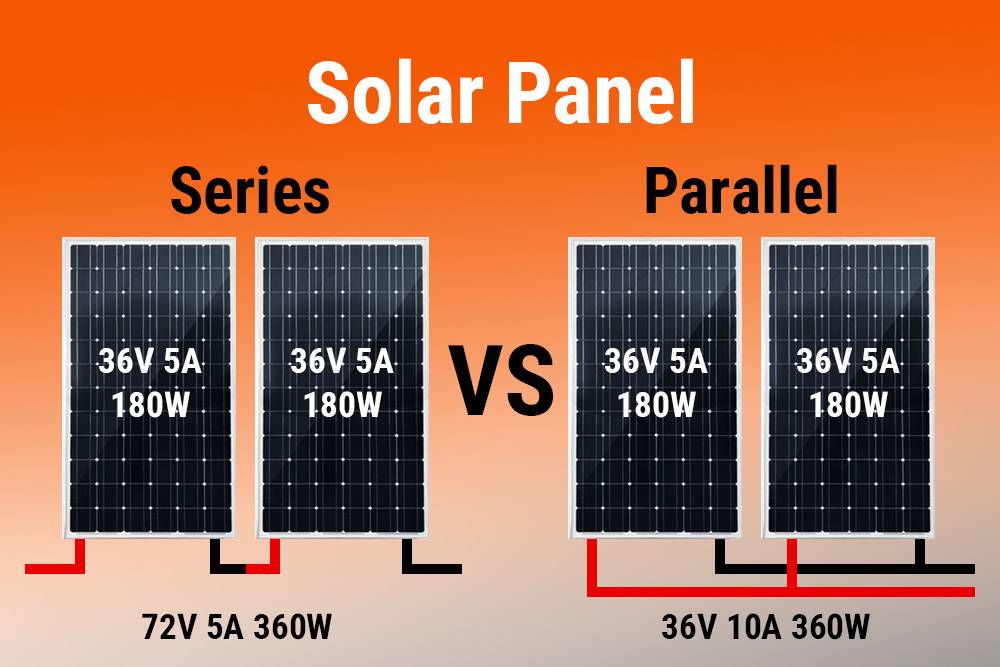
When setting up a solar power system, deciding whether to connect solar panels in series or parallel is crucial for optimizing performance. Series connections increase voltage while keeping current constant, whereas parallel connections increase current while maintaining voltage. Understanding these configurations helps you tailor your system to meet specific energy needs efficiently.
Improved H2 Structure
- What Are Series and Parallel Connections in Solar Panels?
- How Do Series Connections Work?
- How Do Parallel Connections Work?
- What Are the Advantages of Series Connections?
- What Are the Advantages of Parallel Connections?
- How Do Voltage and Current Behave in Series vs Parallel Configurations?
- What Factors Should You Consider When Choosing a Configuration?
- Frequently Asked Questions About Series and Parallel Connections
- Industrial News: Trends in Solar Technology
- Redway Power Expert Views on Solar Panel Configurations
{start article}
What Are Series and Parallel Connections in Solar Panels?
Series and parallel connections are two common methods for wiring solar panels in a solar power system:
- Series Connection: In this configuration, solar panels are connected end-to-end, where the positive terminal of one panel connects to the negative terminal of the next. This arrangement increases the overall voltage while keeping the current constant.
- Parallel Connection: Here, all positive terminals are connected together, and all negative terminals are also connected together, which increases the total current while maintaining the same voltage.
Understanding these configurations is essential for optimizing your solar energy system.
How Do Series Connections Work?
In a series connection:
- Voltage Increases: The total voltage is the sum of the voltages of each panel. For example, connecting two 24V panels in series results in a total output of 48V.
- Current Remains Constant: The current flowing through each panel remains the same as that of the weakest panel in the series.
This configuration is ideal for applications requiring higher voltage levels, such as grid-tied systems.
How Do Parallel Connections Work?
In a parallel connection:
- Voltage Remains Constant: The total voltage remains equal to that of a single panel. For instance, connecting two 24V panels in parallel will still produce 24V.
- Current Increases: The total current is the sum of the currents from each panel. If each panel produces 10 amps, two panels will produce a total of 20 amps.
This setup is beneficial for systems that require higher current levels without exceeding voltage limits.
What Are the Advantages of Series Connections?
Series connections offer several advantages:
| Advantage | Description |
|---|---|
| Higher Voltage | Ideal for applications needing higher voltages, such as charging batteries effectively. |
| Reduced Wiring Needs | Lower total amperage means smaller wires can be used, reducing costs and simplifying installation. |
| Better Performance in Low Light | Series connections often perform better under low-light conditions compared to parallel setups. |
These benefits make series configurations suitable for specific applications.
What Are the Advantages of Parallel Connections?
Parallel connections also have distinct advantages:
| Advantage | Description |
|---|---|
| Increased Current | Allows for higher overall current output, beneficial for off-grid systems with battery banks. |
| Independent Operation | If one panel is shaded or damaged, others continue to function effectively, minimizing overall power loss. |
| Lower Voltage Levels | Reduced risk of dangerous electrical conditions due to lower operating voltages. |
These features make parallel configurations attractive for many users.
How Do Voltage and Current Behave in Series vs Parallel Configurations?
Understanding how voltage and current behave in these configurations is crucial:
- Series Configuration:
- Voltage increases as you add more panels.
- Current remains constant across all panels.
- Parallel Configuration:
- Voltage remains constant regardless of how many panels are added.
- Current increases with each additional panel.
This relationship affects how systems are designed based on energy needs.
What Factors Should You Consider When Choosing a Configuration?
When deciding between series and parallel configurations, consider:
- Voltage Requirements: Determine if your system needs higher voltage or higher current.
- Shading Issues: If shading is likely, parallel connections may be more effective.
- Space Constraints: Evaluate available space for installation; larger systems may benefit from series connections to minimize wiring.
- Inverter Compatibility: Ensure that your chosen configuration aligns with your inverter’s specifications.
Considering these factors will help you design an efficient solar power system.
Industrial News: Trends in Solar Technology
The solar technology industry is continuously evolving with innovations aimed at improving efficiency and performance in solar panel systems. Recent trends include the development of bifacial solar panels that capture sunlight from both sides and advancements in smart inverter technology that optimizes energy production based on real-time data. These innovations enhance overall system performance while reducing costs for consumers.
Also check:
Wiring Batteries in Series vs Parallel, Which is Better?
Should Boat Batteries Be In Parallel?
RV Solar Panels, All You Need to Know
Solar Panel Series vs Parallel: Which is Better?
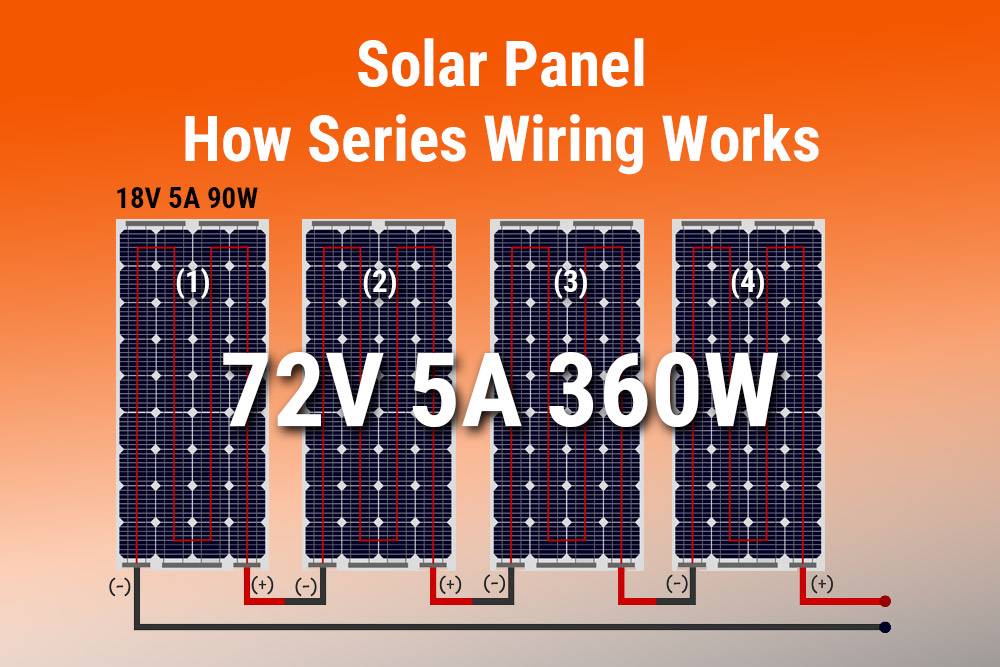
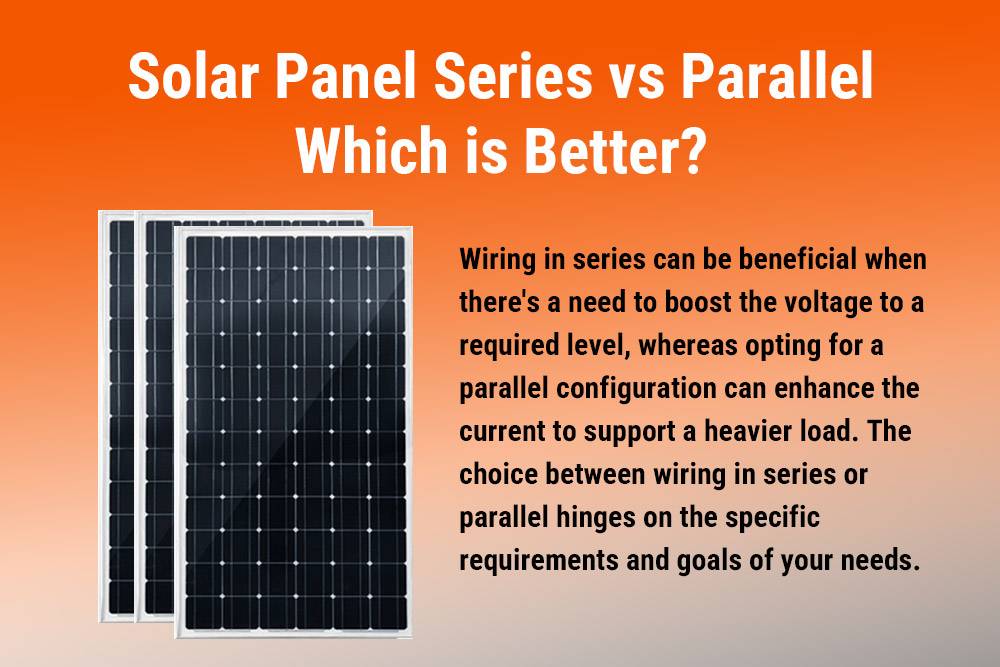
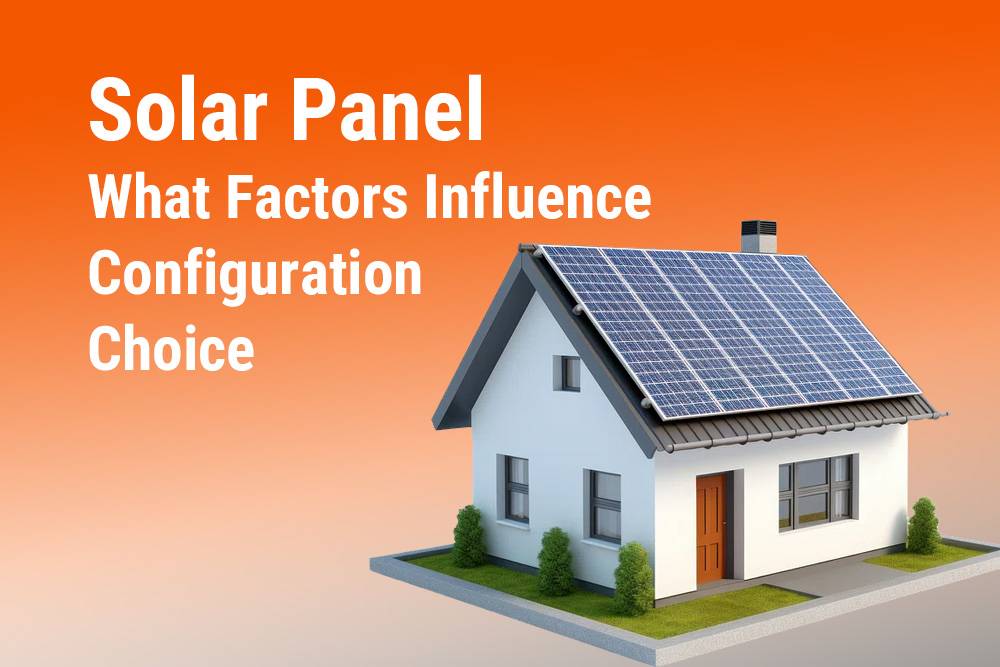
FAQs
Q1: Can I mix series and parallel connections?
A1: Yes, you can mix both configurations to create a hybrid system that meets specific voltage and current requirements.Q2: Which configuration is better for shaded areas?
A2: Parallel connections are better for shaded areas since they allow unaffected panels to continue producing power even if one panel is shaded.Q3: How do I know what configuration my system needs?
A3: Assess your energy needs, shading conditions, and inverter specifications to determine the best configuration for your solar setup.
What are the main differences between series and parallel wiring for solar panels?
Series wiring increases voltage output but maintains the same current, while parallel wiring increases current output but maintains the same voltage. Series connections are suitable for higher voltage requirements, while parallel connections are better for increasing current.
Which wiring configuration is more resistant to shading effects?
Parallel wiring is more resistant to shading effects because each panel operates independently. In series wiring, shading on one panel can significantly reduce the output of the entire string.
What factors should I consider when deciding between series and parallel wiring?
Consider your system size, voltage requirements, shading concerns, and the type of charge controller you’ll be using. Larger systems may benefit from series-parallel configurations, while smaller systems may suffice with either series or parallel wiring.
Does wiring solar panels in series or parallel affect the type of charge controller needed?
Yes, the wiring configuration can affect the choice of charge controller. MPPT (Maximum Power Point Tracking) controllers are more suitable for series wiring, while PWM (Pulse Width Modulation) controllers work well with parallel wiring.
Can I mix different types of solar panels in a series or parallel configuration?
Yes, but it’s essential to follow specific guidelines. In series wiring, panels should have the same current rating, while in parallel wiring, panels should have the same voltage rating. Mixing panel types may require multiple charge controllers to optimize performance.
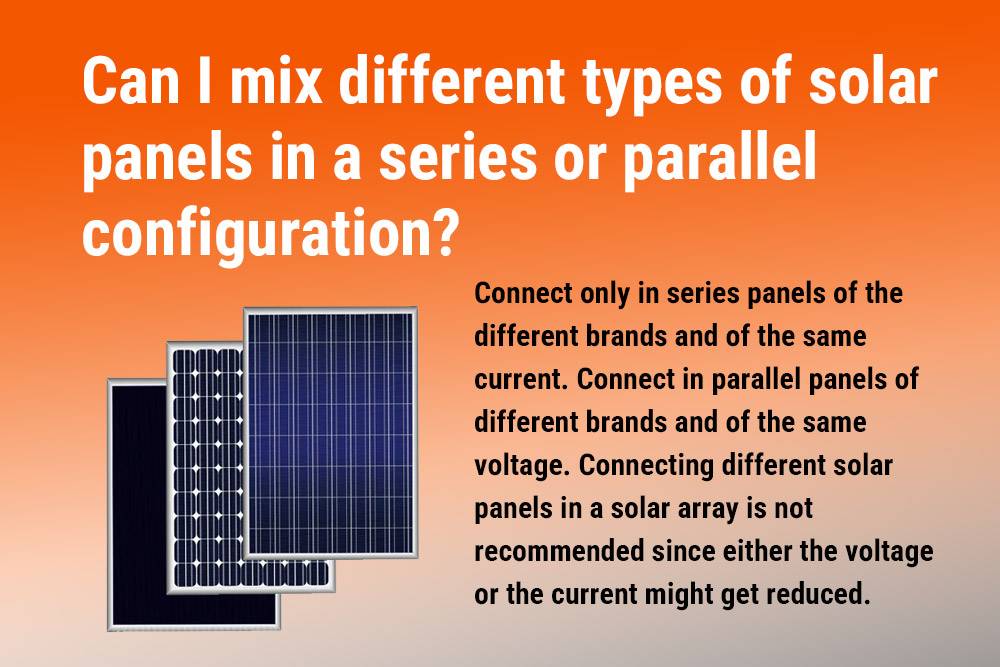
Which configuration is more cost-effective for my solar power system?
The cost-effectiveness depends on various factors, including your specific requirements and environmental conditions. Series wiring may require fewer cables and smaller gauge wires, potentially reducing installation costs. However, parallel wiring may be more suitable for systems with shading concerns, potentially increasing long-term efficiency and performance.













